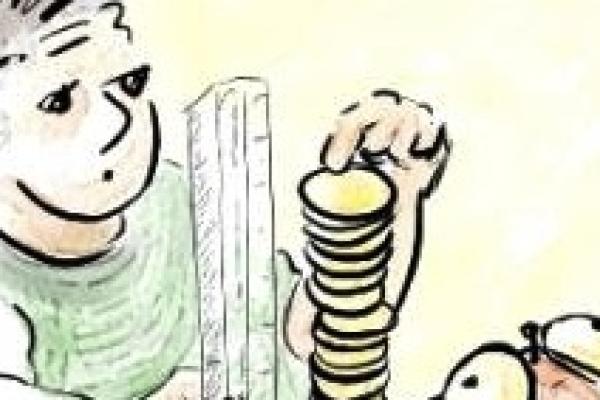Blog post


Maths in a minute: Modular arithmetic
Count around the clock.
Want some maths and want it fast? Our Maths in a minute series explores key mathematical concepts in just a few words. From symmetry to Euclid's axioms, and from binary numbers to the prosecutor's fallacy, learn some maths without too much effort.




How to write a sum that's infinitely long.


Five basic facts from the father of geometry.



